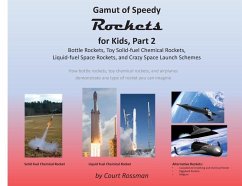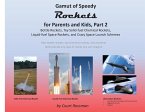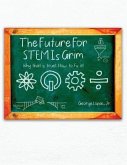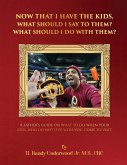Rockets are in an exciting era, with many launches of astronauts, satellites, and robots for planets. Expect to hear about many commercial companies introducing new light, medium, and heavy rockets in the 2020's decade. Commercial, not NASA, rockets are supplying the International Space Station and launching many satellites. To be competitive, commercial rockets are experimenting with cost saving designs, like self landing re-usable boosters, like hybrid-fuel engines, like piggy backing on an airplane before igniting the rockets. Instead of being a taxi service to the International Space Station, government rockets from NASA and traditional large aeronautic companies are focusing on going to the Moon and Mars. NASA is free to focus on running missions in the Space Station, building robots to explore Mars, and developing plans to have people live on Mars and the Moon. Book 2: Details of Space Rocket types and Alternative ways to get to space The second book has two parts. Chapters describe space rockets in more detail. Part 1: Space chemical rockets have multiple stages to enable the orbital velocity and escape from Earth. Design choices such as liquid and solid fuels, multi-stage rocket sections, and flight trajectory planning for the mission are explained. Part 2: Future Rocket types and colonization of the solar system The second part of the book, Chapters 7-8, describes futuristic cascaded engines, on the whiteboard for decades, to use oxygen in the atmosphere to get a rocket moving in the first stage, instead of lifting all that oxidizer weight.This part of the book also compares rockets to rail-gun cannons and space elevators. Other topics in later chapters are nuclear power, the rocket equation, and hardware to get to other planets.
Hinweis: Dieser Artikel kann nur an eine deutsche Lieferadresse ausgeliefert werden.
Hinweis: Dieser Artikel kann nur an eine deutsche Lieferadresse ausgeliefert werden.








